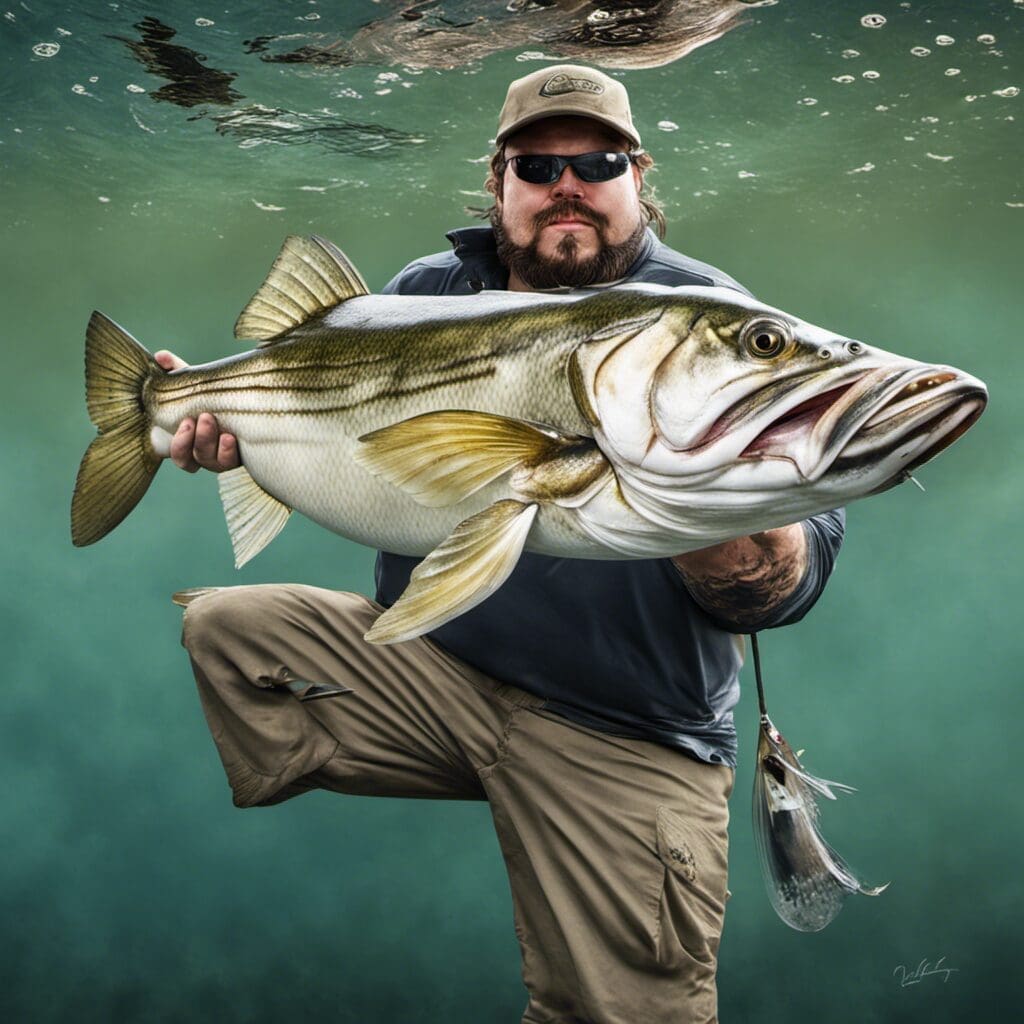Introduction
Species Name: The Fat Snook (Centropomus parallelus) Family Name: Centropomidae
Conservation Status
Current status: Not Evaluated
Conservation efforts: As the species is not currently threatened, no specific conservation efforts are in place.
Statistics
| Attribute | Average | Range | | ------------- |:-------------:|:-------------:| | Length | 35 cm | 20-50 cm | | Weight | 800 g | 500-1200 g | | Lifespan | 5-10 years | Not specified |
Distribution
Fat Snook are tropical marine species found mostly around coastal regions. They are prevalent in regions ranging from Florida and the Gulf of Mexico to Brazil. Unlike many fish species, Fat Snook do not have known migration patterns, remaining relatively settled within their home regions.
Habitats
The Fat Snook is a euryhaline species, meaning it can inhabit various water types from freshwater to saltwater. They are benthic creatures and can be found at depths from 1 to 10 meters. They prefer warm water with a temperature ranging from 22 to 28 degrees Celsius.
When and Where to See
The Fat Snook is more active during the summer and fall seasons. Being nocturnal creatures, they are often most active at night.
Best Fishing Locations
Some of the best fishing locations for the Fat Snook are:
1. Florida East Coast
2. Gulf of Mexico
3. Central America
4. Northern South America
5. Brazil
How to Catch
Preferred bait or lures: Shrimp, cut bait, spoons, and minnow-imitating plugs.
Fishing techniques: Bottom fishing, trolling, or fly fishing.
Best time of day for fishing: Night time or early morning during the summer and fall seasons.
Identification Guide
Fat Snook are recognized by their elongated silver bodies. They have a prominent lateral line, dark streaks on the caudal peduncle, and a sloping forehead.
Culinary
How to Cook: Snook is enjoyed grilled, fried, or baked.
Taste Profile: The meat is firm, lean with a mild sweet flavor.
Nutritional Information: It’s an excellent source of protein and Omega 3 fatty acids.
Additional Information
Behavior: Fat Snook are mainly nocturnal and feed primarily on small fish and crustaceans.
Predators and Threats: The main threats are overfishing and loss of habitat due to coastal development.
References and Further Reading
1. Fishbase
2. Robins, C.R., R.M. Bailey, C.E. Bond, J.R. Brooker, E.A. Lachner, et al., 1991. Common and scientific names of fishes from the United States and Canada. American Fisheries Society, Special Publication 20: 183p.
3. Florida Fishing Guide – Snook.
Please note that due to the shifting ranges and habitats of fish, specific location and behavior information may change

